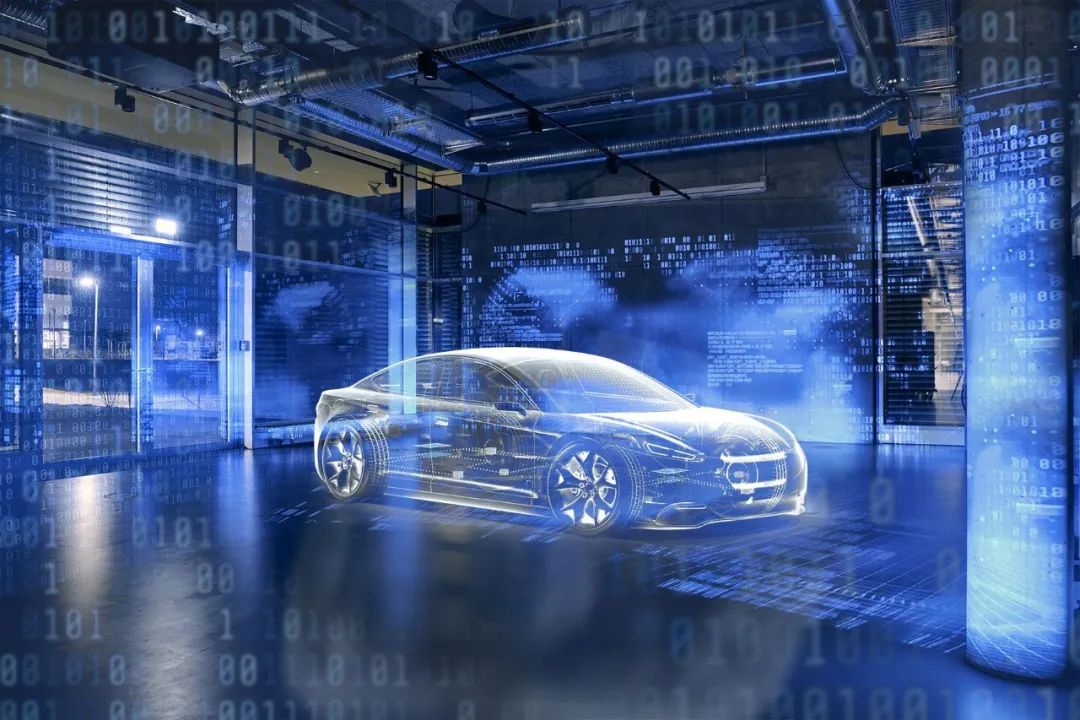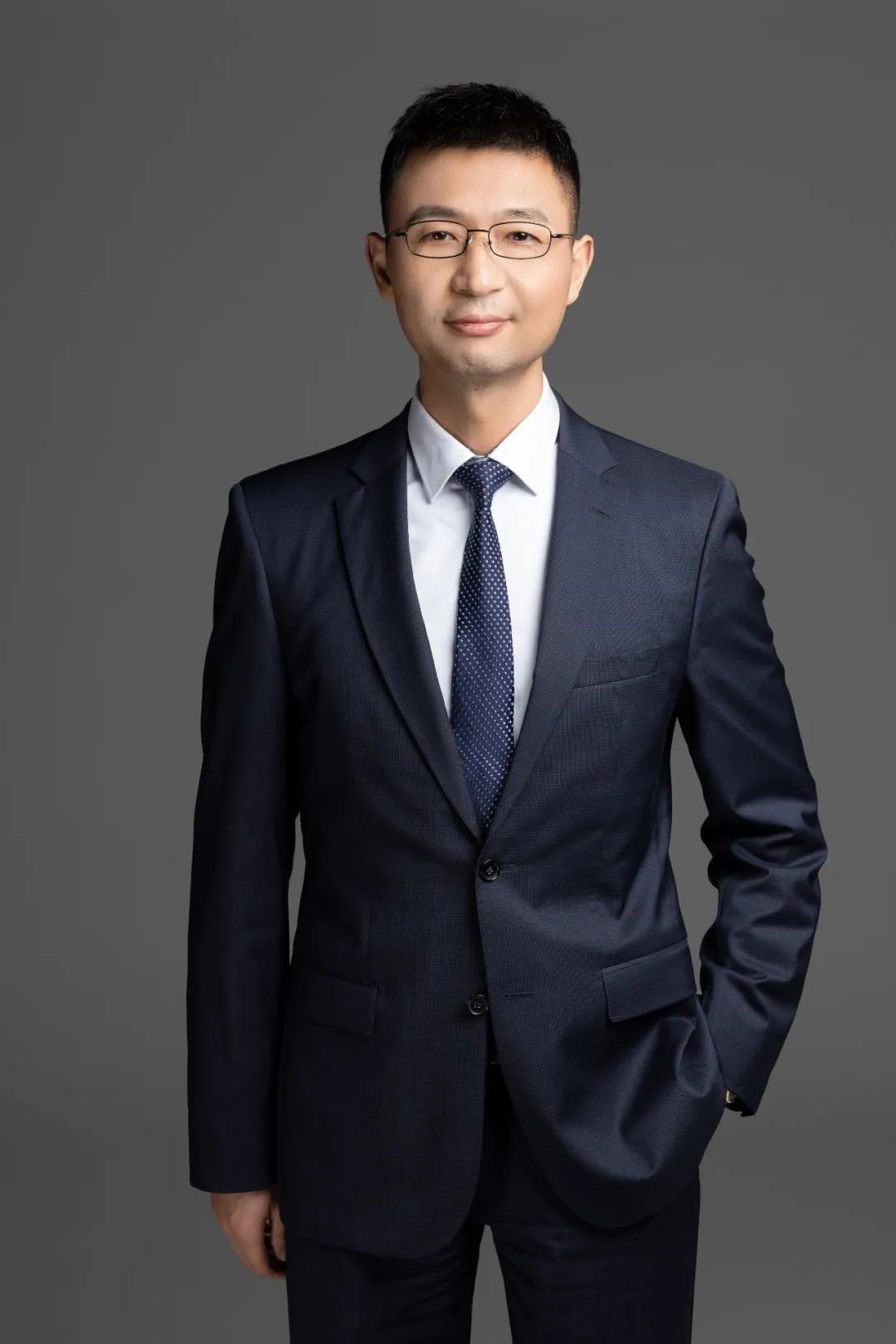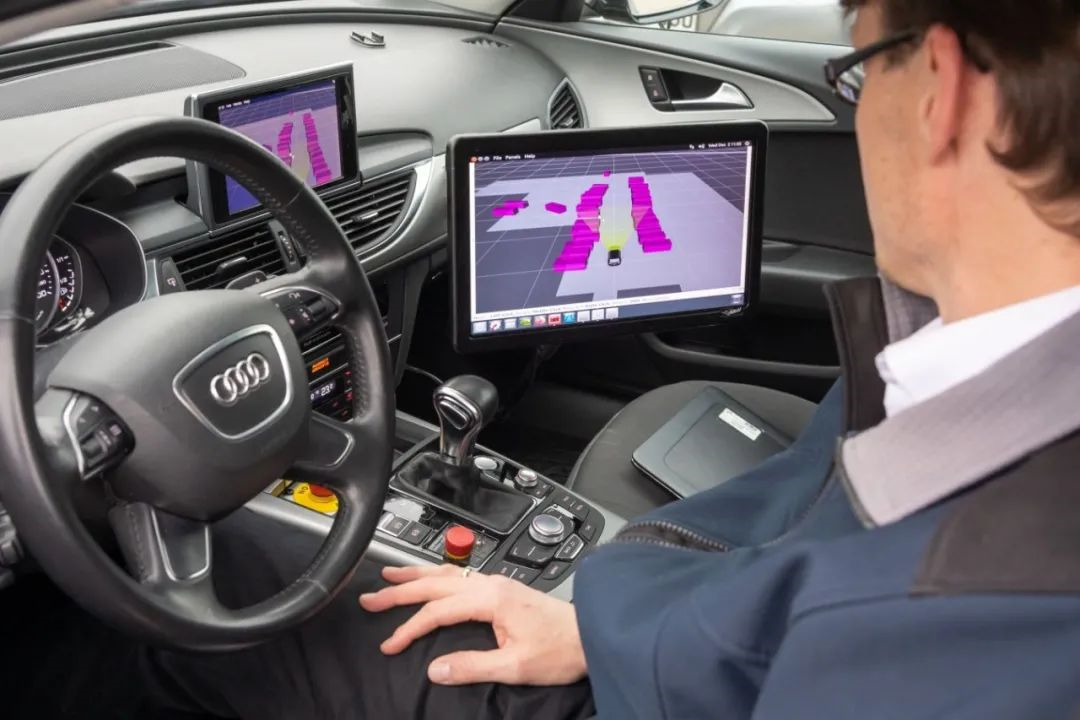Translation
Author: Michelin
“Intelligence”, “new energy”, and “autonomous driving” … By 2022, we are already very familiar with these terms. From which day exactly did they enter the field of automobiles? Like casting a lively metal into a lake, it suddenly bursts out with tremendous energy, disrupting the once stable rhythm and creating a new ecology.
This turbulence has drawn a watershed in the history of automobiles: to the left, we call it the “traditional automobile era”, where mechanical horsepower reigns supreme. Vehicle manufacturers and suppliers follow a pyramid-shaped supply chain structure in mutual understanding. On the other side of the watershed, called the “intelligent automobile era”, digital horsepower replaces the original parameter indicators. New car manufacturers and players are trying to create new game rules.

Amidst the chaos, people always expect a lone hero to emerge from nowhere, changing the entire situation solely by his own strength. At the same time, they regard the traditional side as the natural “villain”, equating it with conservatism. However, in reality, tradition does not always mean conservatism and desolation.
As a century-old giant, Bosch announced at the IAA Mobility that its electric travel business achieved sales of nearly one billion euros in 2021, becoming one of the core businesses. The in-car computer received orders worth several billion euros during the year. In the past five years, Bosch’s sales in the field of driver assistance systems and related sensors have also reached approximately 9 billion euros. Electricization, intelligence, networking, and the innovative fields derived from them, such as autonomous driving and smart cabin, as opposed to “tradition”, have not become shackles that restrain traditional suppliers, but rather new opportunities that they have seized. Just like the protagonist in Robinson Crusoe, he transforms himself in a new world, gradually adapting and searching for opportunities while integrating his wisdom into the new world, like a bridge, connecting tradition and innovation, breakthrough and adherence.
In the days of transition from old to new in 2021 and 2022, we had a face-to-face conversation with Li Yin, President of Bosch Intelligent Driving and Control Business Unit in China, to see what new survival philosophy is under the turmoil of intelligent automobiles in the eyes of the “veteran” in the automobile circle.

What is the new logic of the intelligent automobile era?
“The biggest danger in a turbulent era is not turbulence itself, but doing things with past logic.”From film cameras to digital cameras, from feature phones to smartphones, Peter Drucker’s statement has been repeatedly verified and regarded as the guiding principle in every technological and industry change, including in the automotive industry. In the new era, everyone is afraid of becoming the pioneer who sticks to old logic and is eager to transform to find new logic that belongs to the era of intelligent vehicles. What is the new logic for the era of intelligent vehicles?
With the arrival of 2021, Bosch’s new department, the Bosch Cross-Domain Computing Solutions (XC) business unit, has officially been established. “The automotive industry has always been driven by technology,” said Li Yin, describing the reason for the establishment of the XC business unit. The integration and evolution of automotive electronic and electrical architecture has changed the fundamental architecture of vehicles, and has also provided greater possibilities for new requirements such as autonomous driving and intelligent cabins. The integration of the XC business unit represents Bosch’s approach to the trend of future automotive integration development: adapting to market demands.
This new department, consisting of 17,000 employees, integrates Bosch’s expertise in software and electronics, and integrates comprehensive capabilities in fields such as driver assistance, autonomous driving, automotive multimedia, powertrain, and body electronics, to develop innovative solutions required by intelligent vehicles.
In 2021, Qualcomm Snapdragon 8155 can be said to be a star product in intelligent vehicles with a 7nm process and 3 times higher performance than the previous generation platform, providing more space for the vehicle’s functional performance. However, how to maximize the capabilities of the chip while meeting the different requirements of each car manufacturer requires the supplier to collaborate with the car manufacturer based on years of accumulated experience. This experience in developing basic software for the entire vehicle is something that Bosch excels in.
Therefore, although we rarely hear Bosch’s name in the release of intelligent cabins, over 50% of the independent brand models equipped with the 8155 chip in 2021 are provided by Bosch, allowing OEMs to develop their own ecosystems on top of the stable and efficient output of the system chip.
As the product and demand changes, the collaboration mode is also changing.The improvement of electrification and intelligence level in the automotive industry is driving a shift in OEM demand. Compared to the traditional “turnkey” model in the tier 1-dominated supply chain, today’s automotive brands are increasingly involved in joint research and development and flat cooperation, blurring the boundaries of the supply chain ecosystem and driving increased business model diversification. This requires modular services tailored to the individual needs of different automakers. To meet the differentiated configurations of different models, Bosch utilizes a hardware modularization + middleware generalization + software personalization model, using parameter adjustments to quickly meet the needs of different functions.
If meeting demand is the first step in transforming in the era of change, then leading demand requires even greater accumulation.
Many are familiar with Bosch’s electronic and electrical architecture evolution diagram shown above, which was introduced in 2016. Today, we can see domain controllers and even cross-domain controllers installed in cars.
Reviewing Bosch’s history, we can trace the shadow of domain controllers in materials from twenty years ago, but the software and hardware at that time were not as advanced, and the domain controllers produced did not meet the general market demand.
So what led to the explosion of integrated electronic and electrical architectures and domain controllers now?
Li Yin gave three factors: the vigorous development of software, the standardization and integration of hardware, and the maturity of chip technology.
The booming development of consumer electronics has trained software talents and enriched the ecosystem of application software. The standardization and integration of hardware allows functions to be presented in a modular form. The maturity of chip technology and the increase in algorithmic capability raise the limit of capabilities. The combined effect of these three factors reduces the relative threshold of domain controllers, and enables them to enter the automotive industry today.
It is this several decades of technological accumulation and anticipation of trends that enabled Bosch to launch the cockpit domain controller at the first opportunity when the environment was ripe, integrating independent infotainment and instrument domain computing functions into a powerful electronic control unit that is highly flexible, modular, and extensible. Using a main chip to control five screens such as the instrument, central control, co-pilot entertainment screen, HUD, and rear seat display screen, as well as driver and passenger monitoring (DOMS), 360° surround view (AVM), face recognition (Face ID), multi-microphone input, active noise reduction and other functions.
Grasping demand and leading trends, Bosch has been able to adjust its sails in the rolling waves of the smart car movement, finding new “directions” and “logic”, and moving ahead with the wind.Bosch, which has found a new logic, has also proposed a higher vision for the new year: a new generation of intelligent cabin digital platform, which is based on Qualcomm 8155 chip, has been deployed and will be widely promoted in 2022. The assembly rate of domestic new car models will be increased to more than 50%.
“A topic that the automotive industry can play for another fifty years”
“L4 level automatic driving” and “laser radar on board”…2021’s PK battle of automatic driving by various car companies has refocused everyone’s attention on automatic driving, even making people feel that automatic driving is within our reach. However, the occasional accidents remind us all the time that the realization of automatic driving still needs a long wait.
Referring to the current stage of autonomous driving, Li Yin used a marathon as an analogy: “Autonomous driving is a marathon, and we are not even at 5 kilometers yet.“
This statement may seem conservative, but careful consideration shows that it is true. In 2020, only 10% of the new cars launched in China were equipped with L2 level autonomous driving. As of the end of 2021, this number has risen to 40%. While the high-level autonomous driving functions in specific scenarios have captured our attention, the number of actual products is very limited. Providing users with safe assistance L2-level autonomous driving is a larger base in this market.
Therefore, for Bosch’s future autonomous driving plan, Li Yin, the President of Intelligent Driving and Control Business Unit in China, put forward two parallel lines: one focusing on the base, continuously deepening the L2~L2++ autonomous driving control system in urban areas within the next 2~3 years, aiming to achieve a safe and reliable “hands-free” assisted driving; the other line targeting technological innovation, jointly developing L3+ level autonomous driving in Germany and China, and using local data in China to develop localized scenarios.
Universalization of basic technology + innovation of forward-looking technology, pushing autonomous driving technology towards the “finish line” step by step. However, from “5 kilometers” to the “marathon finish line,” the real landing of autonomous driving requires not only hardware and algorithms but also balance between industrial dimension and functional dimension.
For users, the product of autonomous driving needs to meet the needs of pain points such as highways and parking lots, etc.; at the same time, it needs to ensure the consistency and stability of the product, putting safety first; based on the satisfaction of the first two, cost is also a problem that must be considered in mass production. Only when these three factors are balanced and taken into account can everyone trust an autonomous driving product, get used to it, and be willing to pay for it, so that autonomous driving can truly land.
 The changes in the electronic and electrical architecture, the product demand, and the adjustment of the collaboration mode cannot change the basic attributes of automobiles as an industrial product and commodity. What are these attributes?
The changes in the electronic and electrical architecture, the product demand, and the adjustment of the collaboration mode cannot change the basic attributes of automobiles as an industrial product and commodity. What are these attributes?
The hundred-year industrial history of the automobile tells us that safety is the bottom line for cars, and those technologies that bring convenience and ease of popularization to users will have the last laugh.
This can be seen from Bosch’s attitude towards autonomous driving: Although Bosch provides components from domain control units, sensors, to artificial intelligence, the focus is on driver assistance functions: from electronic control systems to prevent side slip, automated emergency braking systems, to support for enhanced driver assistance functions with hands off the steering wheel. The development of these cutting-edge technologies is to improve safety and achieve the goal of “zero accidents.”

It is this “persistence” in safety and reliability that slowly accumulates “quantitative changes” to “qualitative changes” in autonomous driving technology, and gradually establishes user trust in autonomous driving.
As for the next stage, when the system is completely free from the driver and achieves true fully autonomous driving, how to solve a series of issues such as mobility, privacy, comfort, and entertainment during the process of moving from point A to point B? In the words of Li Yin, “This is a topic that all mankind can play for another fifty years.”
Finally
The road to change has never been smooth sailing. Grasping demand and continuous innovation helps Bosch find new directions; like an old captain, it grasps the rhythm of the giant ship in the waves while adhering to the bottom line of the automotive industry. However, external challenges and risks still exist.
Looking back at the automotive industry in 2021, almost no one escaped the troubles caused by chips, and Bosch was no exception. At the same time, new players like Huawei have also targeted the incremental market of intelligent cars with a more high-profile and aggressive approach, watching closely.
Bosch’s response is to integrate innovation and adherence with its century-long understanding of automobiles: while continuously researching and innovating, standardize innovative products, and provide standard, stable, and reliable quality under the most cost-effective conditions. Perhaps this is Bosch’s new automotive philosophy in the era of intelligent cars.
This article is a translation by ChatGPT of a Chinese report from 42HOW. If you have any questions about it, please email bd@42how.com.
